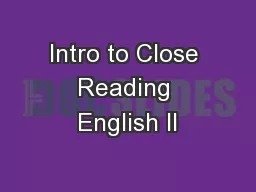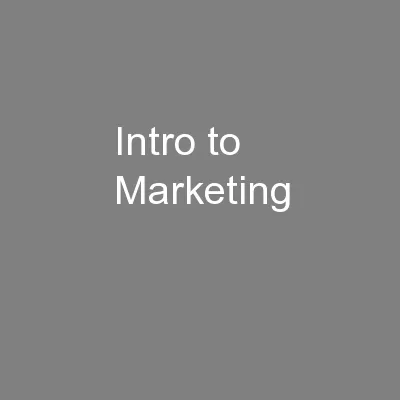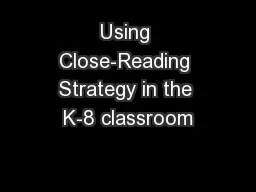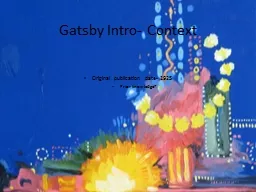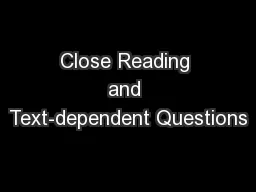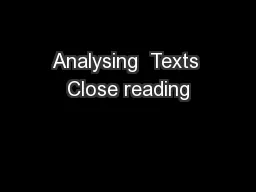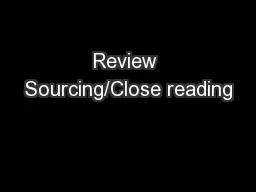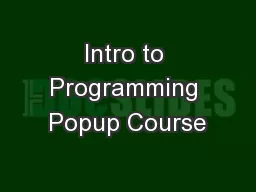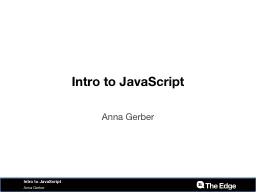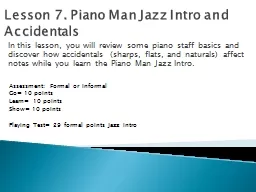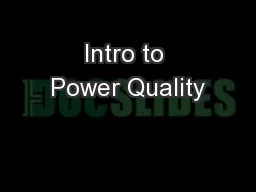PPT-Intro to Close Reading English II
Author : briana-ranney | Published Date : 2018-11-03
201516 Set up your paper for Cornell Notes Title your notes Close Reading What is Close Reading Close reading is a careful and purposeful reading reading
Presentation Embed Code
Download Presentation
Download Presentation The PPT/PDF document "Intro to Close Reading English II" is the property of its rightful owner. Permission is granted to download and print the materials on this website for personal, non-commercial use only, and to display it on your personal computer provided you do not modify the materials and that you retain all copyright notices contained in the materials. By downloading content from our website, you accept the terms of this agreement.
Intro to Close Reading English II: Transcript
Download Rules Of Document
"Intro to Close Reading English II"The content belongs to its owner. You may download and print it for personal use, without modification, and keep all copyright notices. By downloading, you agree to these terms.
Related Documents

